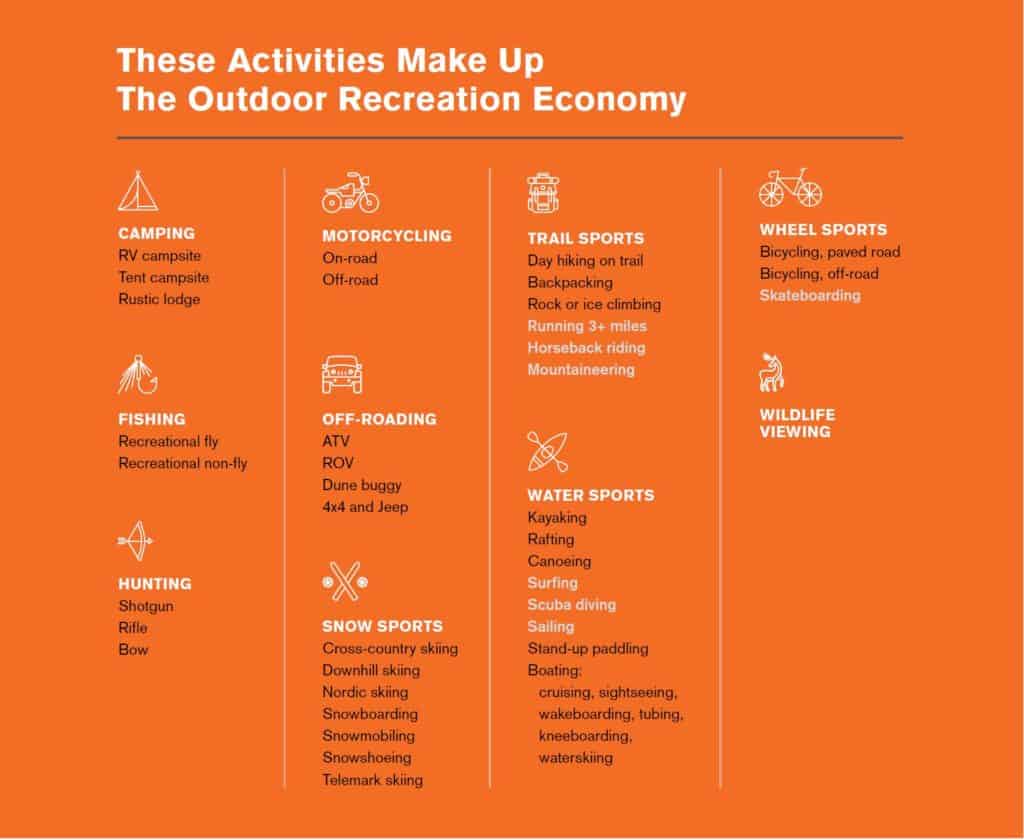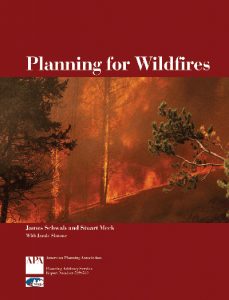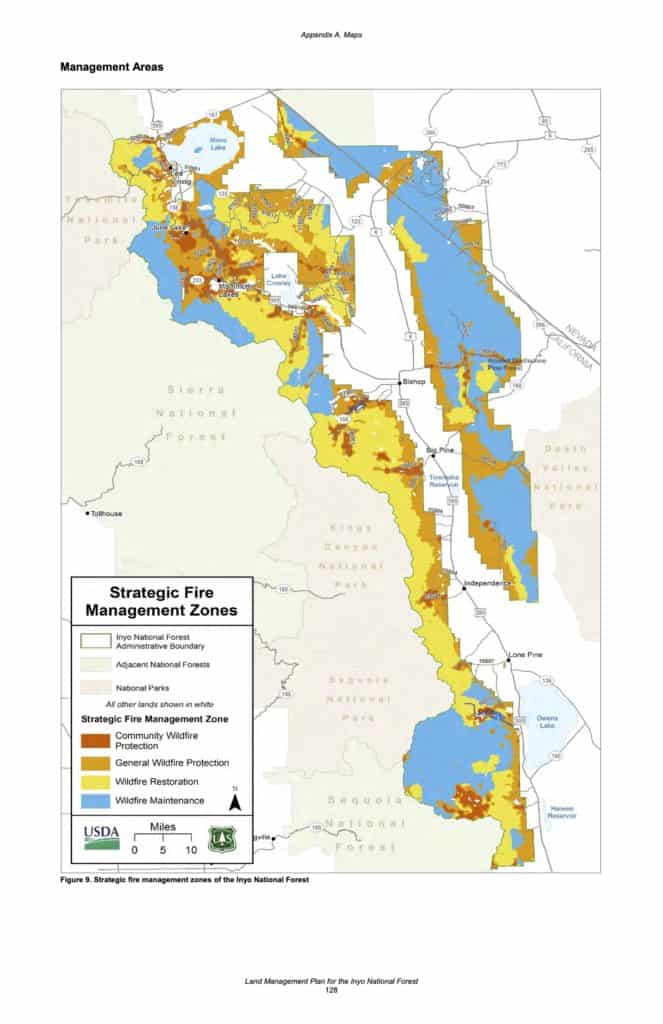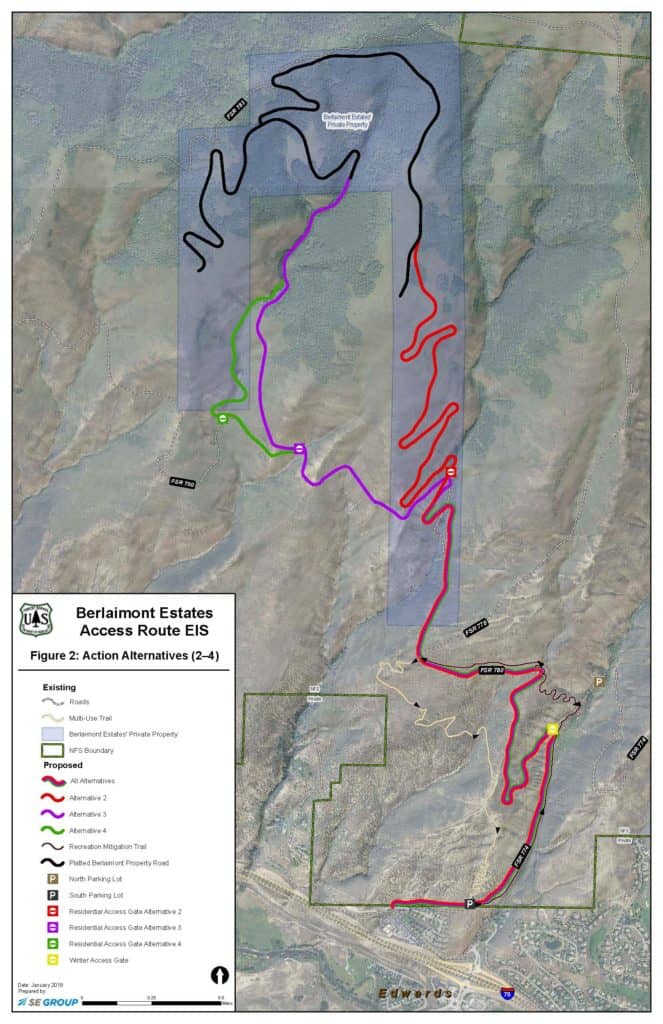What IF this was by design and part of the Trump administration’s plans from the beginning? I mean, what IF?
For Immediate Release: Tuesday, February 18, 2020
Contact: Peter Jenkins (202) 265-4189
Special Assistant a No-Show; Two-Thirds of Top Slots Vacant or Acting
Washington, DC — The hallways of the National Park Service Headquarters now open onto empty offices or those filled on a temporary basis. At the same time, a senior official has gone AWOL according to a new complaint filed with the Department of the Interior’s Inspector General (IG) by Public Employees for Environmental Responsibility (PEER).
Two-thirds of the top NPS slots lack a permanent official — an unprecedented leadership vacuum. While the Trump White House is notably reluctant to submit nominations for Senate confirmation across the Executive agencies, many senior NPS vacancies are for positions that do not require Senate confirmation. Besides having neither a confirmed Park Service Director nor a nominee for that key job, currently –
• Ten of 15 Deputy, Assistant, and Associate NPS Director slots are entirely vacant or temporarily filled by an “acting” appointee;
• Several Superintendent positions at major parks, such as Grand Canyon, Yosemite, and Grand Teton, also are filled by “actings” on an interim basis; and
• P. Daniel Smith, who was brought out of retirement in 2018 and given an NPS Deputy slot in which he “exercised the authority of the Director,” then was moved out of that slot last summer to serve as a teleworking special assistant, but he apparently has not been seen at NPS Headquarters since.
“The Park Service is suffering from a multi-billion-dollar maintenance deficit and it can ill afford high-salary ghost employees,” stated PEER Executive Director Tim Whitehouse. “Keeping so many leadership slots unfilled by permanent jobholders hobbles management and means that major decisions affecting our national parks are increasingly made by political appointees in the Interior Secretary’s office.”
The PEER complaint asks the IG to determine the whereabouts of Smith. He draws a top salary as a Special Assistant to the Director, but there is no confirmed or acting Director. One of the ironies involving P. Daniel Smith is that he appears to be in violation of a restrictive telework policy that was adopted under his aegis when he was still in NPS Headquarters.
###
See NPS’s 2/3rds leadership vacancies
Vacant, Director
David Vela, Deputy Director, exercising the authority of the Director
Lena McDowall, Deputy Director, Management and Administration
Shawn Benge, Acting Deputy Director, Operations
Vacant, Deputy Director, Congressional and External Relations
Chris Powell, Chief of Staff
Shane Compton, Associate Director, Chief Information Office
Vacant, Assistant Director, Communications
Joy Beasley, Acting Associate Director, Cultural Resources, Partnerships and Science
Tom Medema, Acting Associate Director, Interpretation, Education, and Volunteers
Charles Laudner, Assistant Director, Legislative and Congressional Affairs
Ray Sauvajot, Associate Director, Natural Resource Stewardship and Science
Mike Caldwell, Acting Associate Director, Park Planning, Facilities, and Lands
Reggie Chapple, Acting Assistant Director, Partnerships and Civic Engagement
Marlon Taubenheim, Acting Associate Director, Workforce and Inclusion
Vacant, Associate Director, Business Services
Louis Rowe, Acting Associate Director, Visitor and Resource Protection







